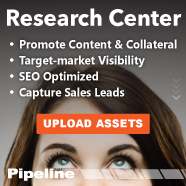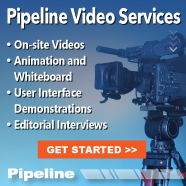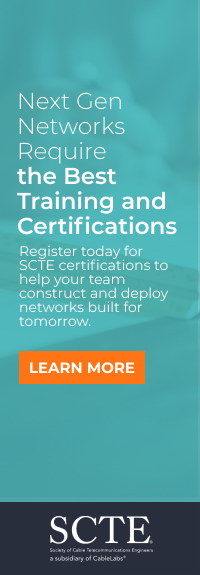Innovation Management:
From Uncertainty to Impact
This culture recognizes creativity and effort, celebrates lessons learned from unsuccessful attempts, and values progress over perfection.
At a high level, the funnel typically includes the following phases:
- Ideation, where ideas are generated and shaped into early concepts.
- Incubation, where small-scale investments help reduce uncertainty by testing assumptions and validating desirability, feasibility, and viability.
- Acceleration, where promising innovations are developed into products or services (e.g., MVP releases) and introduced to the market.
- Integration, is when successful innovations are embedded into the organization by expanding existing operations or establishing new business models and units.
These phases can be tailored to suit an organization’s strategy, size, and budget. Predefined success criteria at each gate ensure that progress is measured and decisions on whether to invest further or pivot are made confidently and efficiently.
Beyond the process: making innovation work
While the funnel offers a solid structure, it’s more than just a series of stages and checkpoints; it’s a mechanism to balance ambition with execution.
In most organizations, day-to-day business operations like sales, delivery, and customer support are optimized for efficiency, often competing with innovation for time and talent. To succeed, innovation efforts must be deliberately planned, staffed, and shielded, ensuring that each phase has the dedicated resources it needs to thrive.
This is why many CEOs invest heavily in sustained innovation: they understand that it is not a side activity but a strategic priority. Their involvement brings visibility and support to projects, helping allocate resources, resolve trade-offs, and keep momentum high.
For innovation to deliver tangible business outcomes, organizations must design great ideas and manage them with discipline and intention. Regular monitoring of the innovation funnel, strong leadership support, and the empowerment of innovation managers are all essential to driving consistent, scalable impact.
Cultural foundations for innovation
Woody Allen once said, “If you’re not failing every now and again, it’s a sign you’re not doing anything innovative.”
Fostering a thriving innovation culture demands the right mindset. Two cultural foundations are fundamental: embracing experimentation and enabling confident decision-making..
Organizations that innovate successfully build an environment where experimentation is encouraged, and every idea, even those that don’t make it to market, is seen as a learning opportunity. This culture recognizes creativity and effort, celebrates lessons from unsuccessful attempts, and values progress over perfection.
Innovation also requires organizations to move with agility, especially in the face of uncertainty. Teams must be empowered to act on the best information available at the time – to pivot, persevere, or pause – trusting that each step contributes to the greater goal. Fast, data-informed decision-making is essential.
To support this, organizations should clearly define success and failure at each stage of the innovation journey. By establishing gating criteria early on, teams can make confident, rational decisions about advancing or exiting ideas. This approach turns uncertainty into strength and ensures that resources are focused on where they will have the most impact.
Design thinking as a catalyst for innovation
Innovation and design thinking go hand in hand because they are fast-paced, data-driven, and keep people at the heart of the process. Design thinking fosters a deep understanding of customer needs, encourages creative exploration of solutions, and ensures alignment with market demand and business goals.
At the core of design thinking are three essential lenses that guide successful innovation: desirability, feasibility and viability.
Desirability: the human lens
This lens focuses on understanding what people truly need, feel, and value. It helps identify the most meaningful problems and opportunities that customers are most motivated to solve and willing to invest in. Too often, organizations eager to build



















